Kodo: The Japanese Art of Incense Appreciation
An invitation to purify the mind through incense
Intense. Overwhelming. Steeped in history. Surreal.
Kyara, Rakoku, Manaban, Manaka, Sumotara, Sasora… I heard the names being repeated as I arrived.
Armed with an address and a pair of socks I headed to my destination on the fifth floor of a building in Ginza. The lift doors opened and there before me was a spectacle — an elderly Japanese man perfectly dressed in a dark suit stood behind our master of ceremonies — a beautiful middle-aged kimono-clad woman seated at one end of a long table with 12 guests accompanying her. The solemnity of the occasion made me wonder, for an instant, if I was at a funeral. I bowed, removed my shoes and joined them at the only empty place next to my husband who, in an endeavor to research all things Japanese, had booked this surprise for me. I wished he’d given me a little more detail.
What he had in fact given me was an invitation to the world of Japanese traditional incense.
The way of incense
The history of Japanese refinement arts dates back centuries. Sado (茶道) is the art of tea ceremony, which pursues a spiritual theme and seeks to bring the ceremony to the act of drinking tea. Kado (華道), or “way of flowers” and better known as ikebana — has raised flower arranging to an art form, a tradition dating back to the 7th Century where floral offerings were made at altars and later taken to the home.
And then there is Kodo (香道), the art of incense appreciation, or the “way of scent.”
According to a legend, a log of incense wood drifted ashore on Awaji Island in the third year of Empress Suiko’s reign (595 CE). People who found the incense wood noticed how good it smelled when near fire. With Japan at the eastern end of the Silk Road, incense began to arrive from China and Korea. It is said that even samurai warriors would prepare for battle by purifying their minds and bodies with incense.
In Japan, kodo dates back more than one thousand years when nobles in the Imperial Court would find poetic inspiration in “listening to the fragrance” of aromatic woods. This term was used to describe the pleasure and inspiration derived from breathing in scents of fine incense like one might enjoy fine wines or music.
We were at a koseki (香席) the place where kodo is practiced. To be even more precise, we were trying kumiko (組香) – a key feature in kodo, an incense-grouping game where we were given the challenging task of identifying the subtle difference in the delicate aromas.
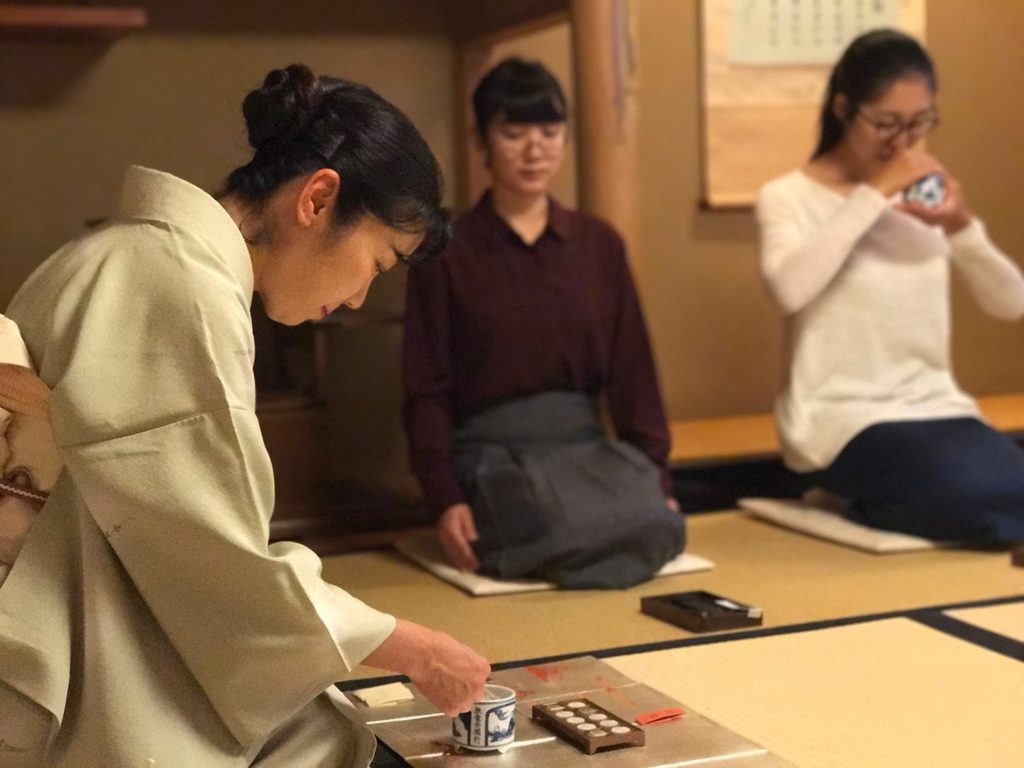 © Photo by KOGADO Co. Ltd.
© Photo by KOGADO Co. Ltd.
To a low-humming presentation, as if in a magic show, the komoto, our master for the day, placed a 3-millimeter piece of fragrant wood onto the top of an incense burner, heated from below by a piece of charcoal surrounded by ash, swung her right hand over the top whilst supporting the burner with her left, and through a small hole created between her forefinger and thumb, breathed deeply. The solemnity of the occasion weighed heavy in the room. No one was to talk or to look at each other, we were asked to simply listen and watch. Silently, carefully, she took another breath, paused, and then a third. The burner was then passed to her right to the shokyaku, the most important guest. And with a bow she said “osakini”…“excuse me for going first.”
[Kodo] was used to describe the pleasure and inspiration derived from breathing in scents of fine incense like one might enjoy fine wines or music.
The aim is to let the aroma infuse the body and soul and “listen” to its essence in a holistic manner, rather than just smelling it. After much bowing, and sniffing and many osakini’s, the burner slowly moves from one participant to the next around the table. Once the first piece of incense had made its rounds, another one begins. This process is repeated five times, each time with a new unidentified piece of fragrant wood.
Delving into all five senses
The incense used in kodo is fragrant wood called jinko, endemic to certain forests in Southeast Asia. These woods are extremely valuable and as the incense culture became more popular, the price of the woods rose. The finest of all is kyara. Today it is said that one ounce of high-quality kyara costs over ten times that of gold.
Kyara, Rakoku, Manaban, Manaka, Sumotara, Sasora…
Kodo is an intellectual game that involves differentiating and identifying different fragrant woods by their smell, and invites you to delve into all five senses. The game has developed to take on the form of a ceremony that has spiritual themes tied to literature. The most famous is based upon the Tale of Genji and today we were at a Genji-ko.
Genji-ko takes its themes from Murasaki Shikibu’s writing, the world’s oldest and longest novel. Given that there is a possibility of 52 options to choose from, corresponding to the 52 chapters of the Tale of Genji, the chances of me getting this right were slim.
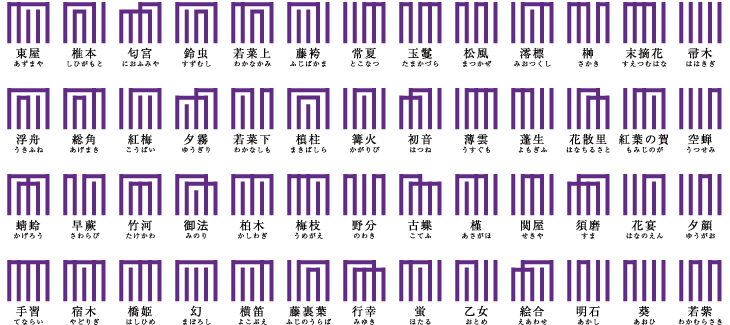
An example of kumiko — a game of scent and many strokes.
After much formality, we were given a white folded piece of rice paper and asked to write our names. This was where we were to record the results of what we believed had been burned. Our role was to determine which of the five prepared censers contained different woods and then to express this in code. If we felt the aromas were different, the lines were kept perpendicular and parallel. If we guessed they were the same, the lines were to be joined at the top.
Once the aromas of the incense had filled the room and everyone’s spirits, the game was concluded. The komoto slowly and deliberately opened all the entries and without great fanfare, simply nodded at the participant who had successfully understood. One nod was given, and it was not in my direction. There is a communal bow towards “the winner” and the game ended.
I cannot recommend this passage through time highly enough.
If you wish to learn about kodo, Kogado in Azabujuban is a great place to start. Trial classes are offered on Saturdays from 10:30 a.m. to 12 p.m. or from 1:30 p.m. to 3 p.m. on weekdays at ¥5,000 per person. The class includes a lecture on the history and practice of kodo and a kumiko trial. Nippon Kodo Organization is also a great resource of information and trial classes. For more information, see here.





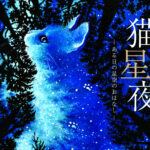





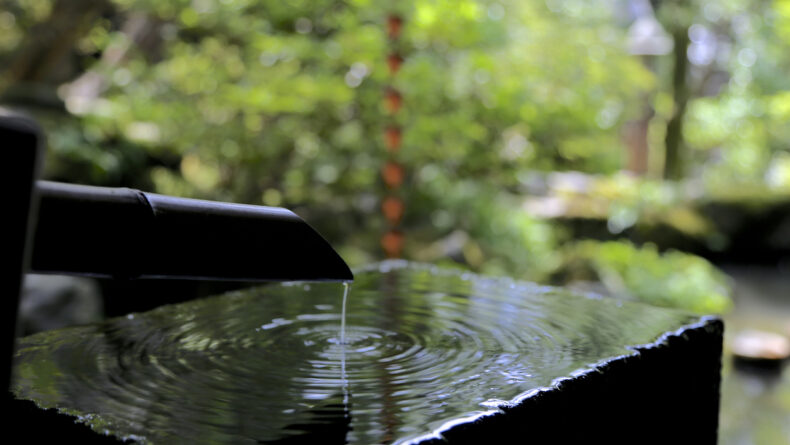
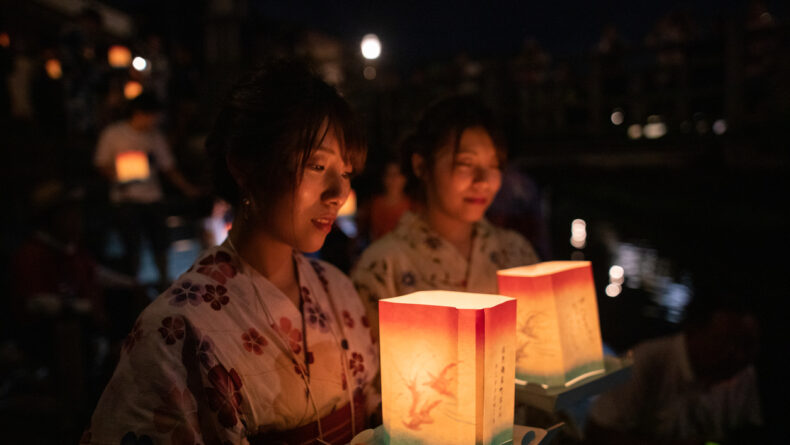
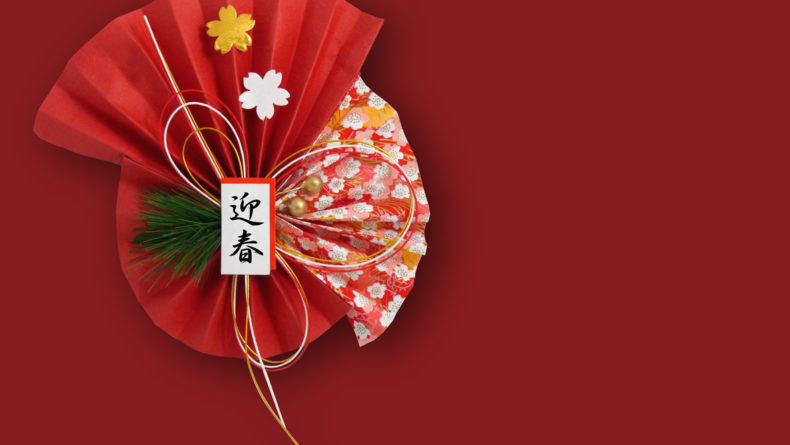

Leave a Reply